In recent years, digiscoping—the practice of coupling a smartphone with a spotting scope to capture photos of birds and wildlife—has revolutionized how birders document their sightings. No longer limited to mental snapshots or hurried field sketches, today’s birders can capture high-quality images through their spotting scopes with the phones they already carry. However, achieving stable, clear images requires the right equipment to connect these devices. A quality smartphone mount creates a secure bridge between your phone and scope, transforming your optical equipment into a powerful photographic tool. In this comprehensive guide, we’ll explore the best smartphone mounts specifically designed for birding scopes, helping you find the perfect solution for your digiscoping adventures.
Understanding the Basics of Digiscoping
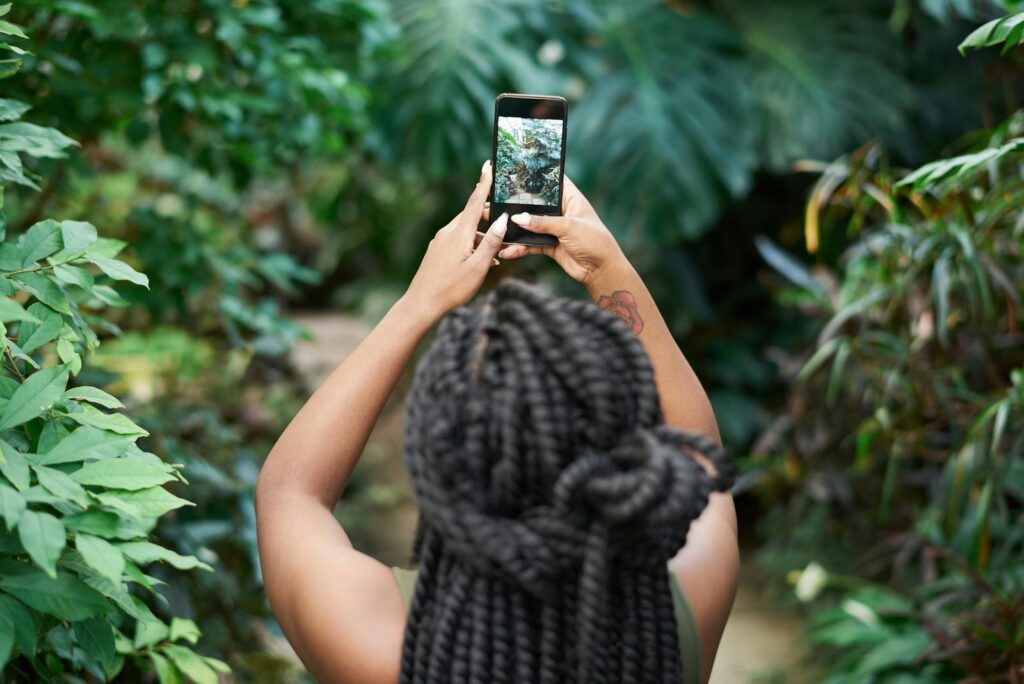
Digiscoping, at its core, involves taking photographs through the eyepiece of a spotting scope or binoculars using a digital camera or smartphone. This technique allows birders to capture images at much greater magnifications than typical telephoto lenses, often at a fraction of the cost. The spotting scope handles the heavy lifting of magnification while your smartphone camera captures the image. Without a proper mount, however, aligning your phone with the scope’s eyepiece becomes a frustrating exercise in stability and patience. A good mount addresses the primary challenge of digiscoping: maintaining perfect alignment between the phone’s camera lens and the scope’s eyepiece while eliminating vibrations that could blur the image. Understanding this fundamental relationship is essential before investing in any mounting system for your birding adventures.
Key Features to Look for in Smartphone Scope Mounts
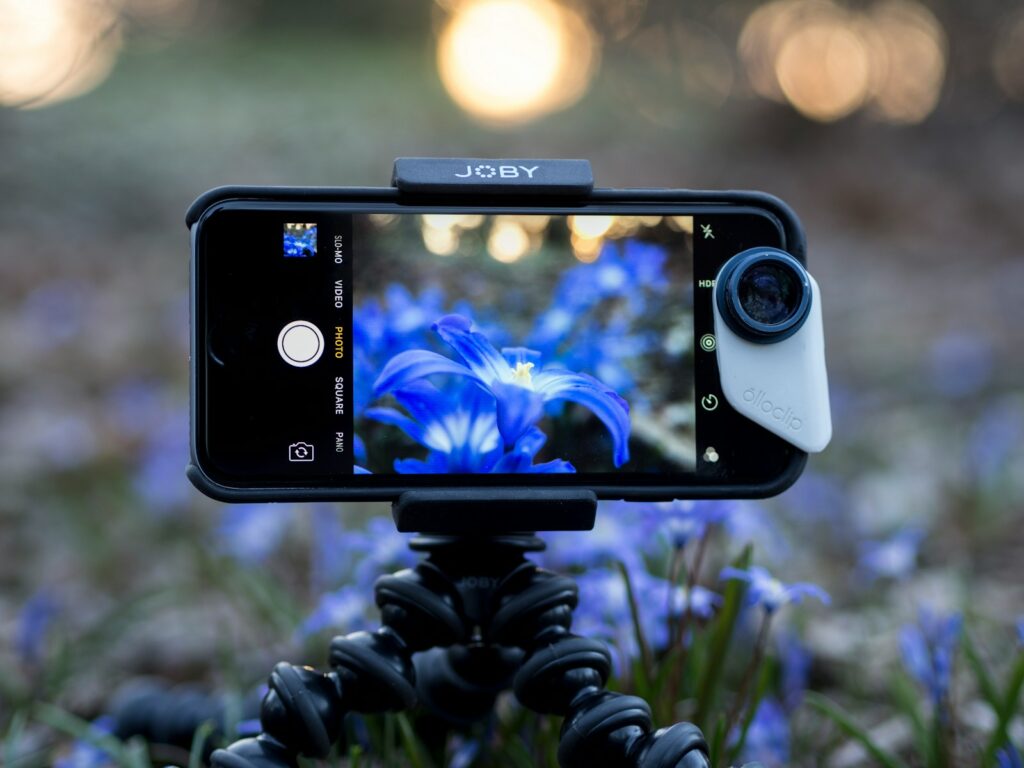
When evaluating smartphone mounts for your birding scope, several critical features separate quality options from disappointing ones. First, adaptability is paramount—look for mounts that can accommodate different phone models and case thicknesses without requiring you to remove your protective case. Second, stability is non-negotiable; a mount that wobbles or shifts during use will result in blurry images and missed opportunities. Third, consider alignment precision—the mount should allow fine adjustments to perfectly center your phone’s camera lens with the scope’s eyepiece. Fourth, ease of attachment matters significantly in the field; you want a mount that attaches and detaches quickly without complicated mechanisms, as birds rarely wait while you fumble with equipment. Finally, durability becomes especially important for field use, where exposure to the elements and frequent setup/breakdown cycles test the limits of your gear.
Universal Smartphone Adapters
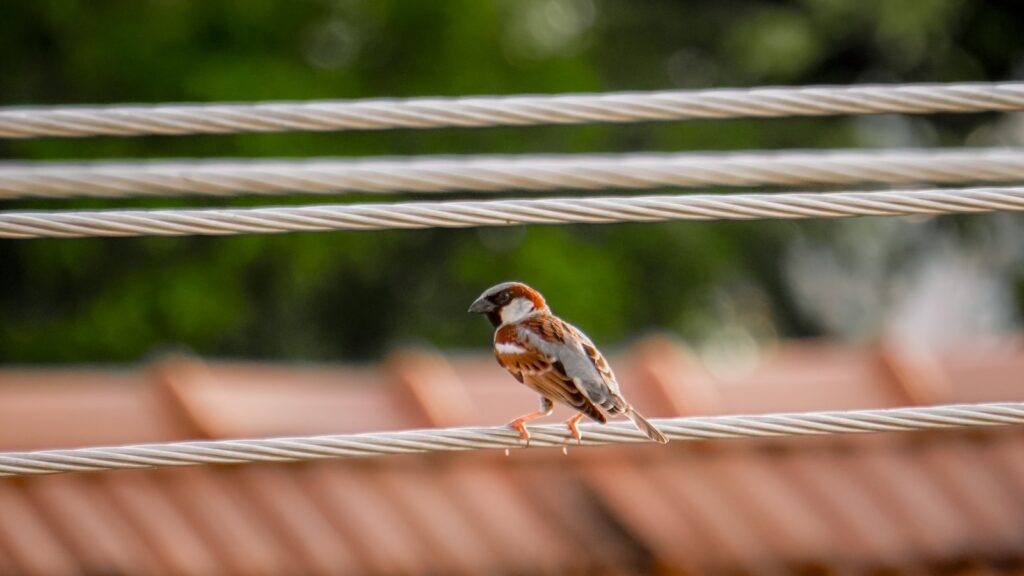
Universal smartphone adapters represent the most versatile category of digiscoping mounts, designed to work with virtually any smartphone model and most spotting scopes. These adapters typically feature adjustable grips that expand and contract to hold phones of various sizes securely. The Phone Skope Universal Adapter exemplifies this category, offering compatibility with nearly any smartphone while maintaining a secure connection to most standard eyepiece diameters. The Novagrade Universal Phone Adapter takes versatility further with its precision adjustment system, allowing users to achieve perfect alignment regardless of where their phone’s camera is positioned. While universal adapters excel in flexibility, they sometimes sacrifice perfect alignment precision compared to brand-specific models. Nevertheless, for birders who upgrade their phones frequently or share equipment with others, a quality universal adapter provides the most practical long-term solution without requiring replacement when you change devices.
Brand-Specific Mounting Solutions
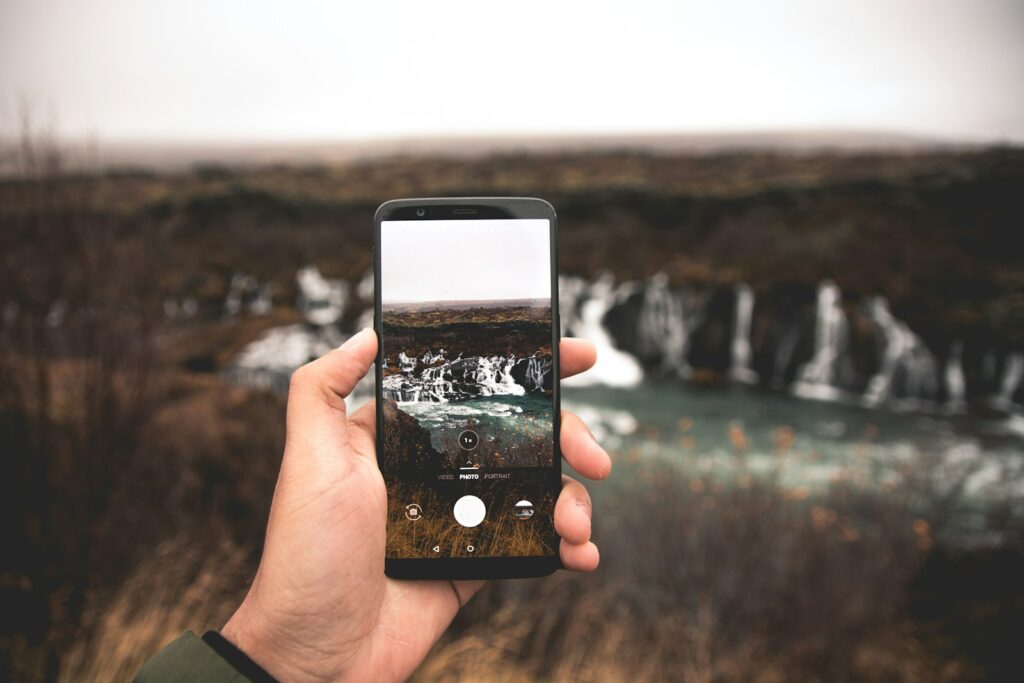
Several scope manufacturers offer proprietary smartphone mounting solutions designed specifically for their optical products. Swarovski’s PA-i8 adapter for iPhone models exemplifies this approach, creating a perfect interface between specific iPhone generations and Swarovski’s ATX/STX spotting scope lineup. Similarly, Zeiss offers their QuickPort adapter system for many popular smartphone models, engineered to integrate seamlessly with their Victory and Conquest spotting scopes. These brand-specific solutions typically offer superior alignment precision and stability, as they’re engineered specifically for the exact dimensions of both the phone and scope. The trade-off comes in flexibility and longevity—these adapters generally work only with specific phone models and often require replacement when upgrading your phone. For birders heavily invested in a particular scope brand who don’t change phones frequently, these purpose-built adapters often provide the most seamless digiscoping experience despite their higher cost.
Budget-Friendly Options for Beginners
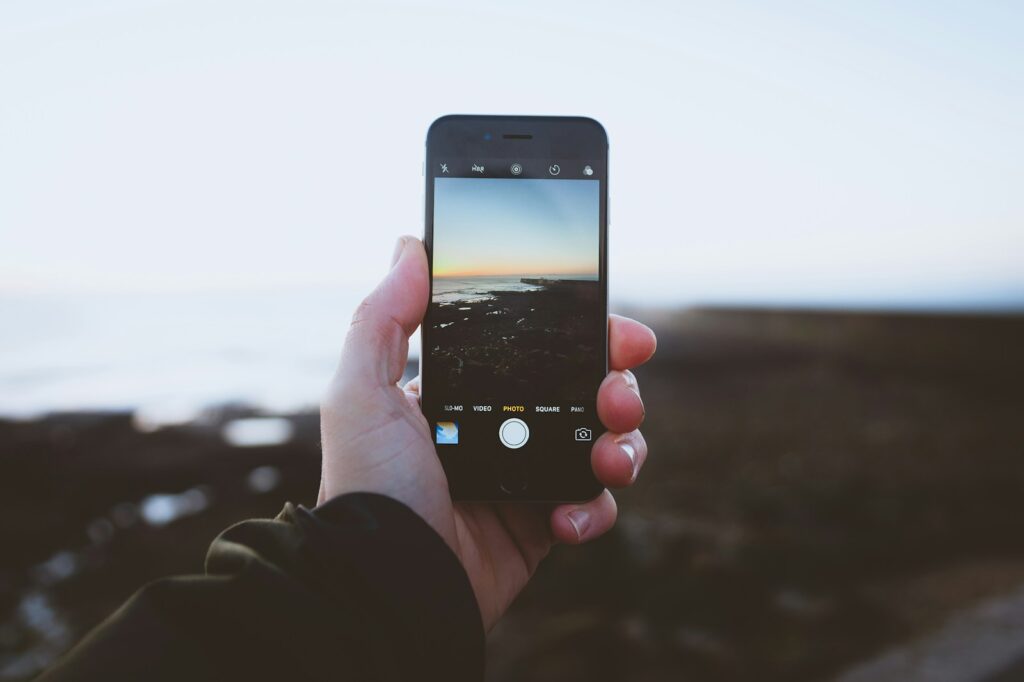
Newcomers to digiscoping can find several affordable mounting options that perform admirably without breaking the bank. The Carson HookUpz 2.0 represents an excellent entry point, combining reasonable stability with universal compatibility at a price point under $70. Celestron’s NexYZ 3-Axis Universal Smartphone Adapter offers surprising precision at around $60, with a three-way adjustment system that helps achieve proper alignment despite its budget-friendly price. Gosky’s Universal Cell Phone Adapter Mount provides even more affordable access to digiscoping at approximately $30, though with some expected compromises in build quality and fine adjustment capability. These budget options allow beginners to explore digiscoping without significant financial commitment, determining whether the technique fits their birding style before investing in premium equipment. While they may lack the refined engineering of high-end adapters, these affordable mounts can still capture impressive images when used thoughtfully.
Premium Mounting Systems for Serious Digiscopers
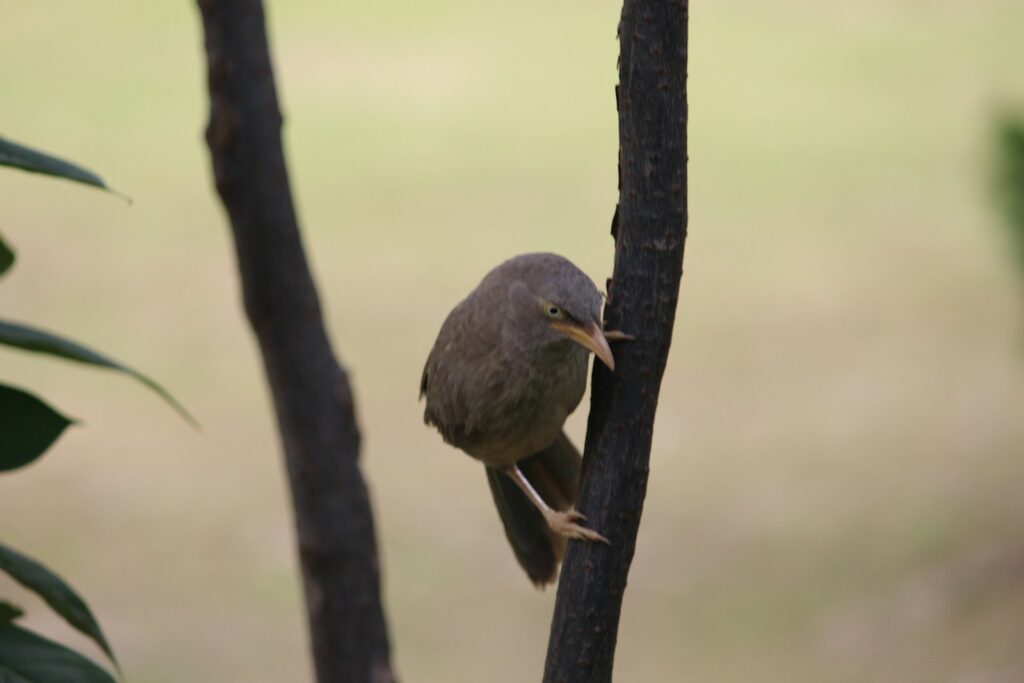
For dedicated birders who regularly document their sightings through digiscoping, premium mounting systems offer precision and reliability that justify their higher cost. The PhoneSkope Complete Kit represents the gold standard for many serious digiscopers, featuring custom-cut phone cases precisely matched to your specific phone model and scope eyepiece. Novagrade’s Digiscoping Adapter System brings professional-grade construction to the field with its aircraft-grade aluminum components and micrometer-precise adjustment mechanisms. Kowa’s TSN-GA5S smartphone adapter for their TSN spotting scopes exemplifies how manufacturer-designed premium adapters can perfectly integrate with their optical systems. These high-end systems eliminate the frustrations common with less expensive adapters—wobble, misalignment, and slippage become non-issues. The investment, typically ranging from $100-250, pays dividends in the field through consistently successful image capture, particularly in challenging conditions or with moving subjects where stability and precise alignment make the difference between a memorable shot and a missed opportunity.
Innovative Mounting Technologies
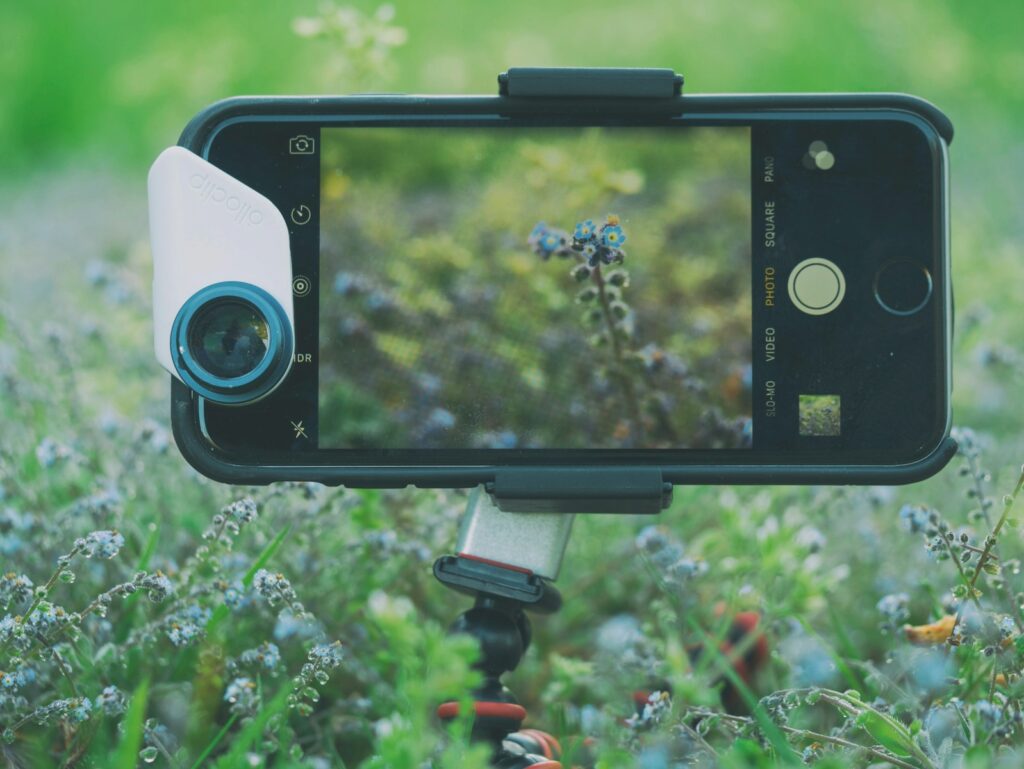
Recent innovations have introduced exciting new approaches to smartphone scope mounting. The MeoPix iScoping Adapter utilizes a magnetic attachment system that allows for incredibly quick connection and disconnection while maintaining surprising stability once aligned. Snapzoom’s Universal Binocular/Spotting Scope Adapter employs a unique clamping mechanism that works across diverse optical devices without modification. Perhaps most innovative is the Phone Skope Modular Case System, which allows users to maintain their preferred phone case while adding a specialized digiscoping interface that attaches only when needed. These innovative approaches address longstanding challenges in the digiscoping process, particularly the tension between quick deployment and stable alignment. By rethinking how phones connect to optical equipment, these technologies have made digiscoping more accessible and less frustrating for birders at all experience levels. Each represents a different solution to the same fundamental problem, offering birders options that may better fit their specific field routine and equipment preferences.
Weatherproofing and Durability Considerations
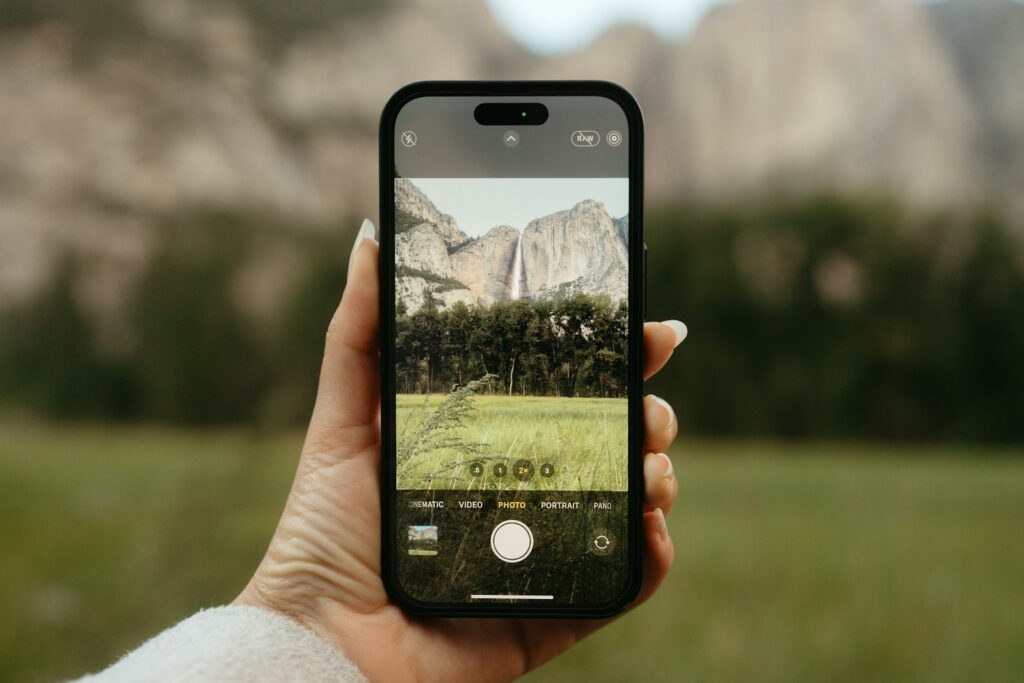
Birding often takes enthusiasts into challenging environments where equipment faces exposure to moisture, dust, and temperature extremes. The FoneDomes Water-Resistant Digiscoping Adapter provides significant protection against light rain and high humidity, featuring sealed connections and water-resistant materials. For colder climates, the Snapzoom All-Weather model incorporates materials that remain flexible and functional even in below-freezing temperatures, while offering touchscreen compatibility even with gloved fingers. The MeoPix Adventure Series takes durability further with its reinforced impact-resistant frame, designed to withstand the occasional drops and bumps inevitable in field use. When evaluating mounts for harsh conditions, look beyond the adapter itself to consider how it protects the connection between your valuable phone and scope—the best designs create a protective seal around this vulnerable junction. Remember that even the most weather-resistant mount cannot make your phone or scope weatherproof beyond their inherent ratings, so consider the entire system’s environmental limitations.
Ease of Use in the Field

Field usability separates truly great smartphone mounts from those that ultimately frustrate birders. The Novagrade Quick-Connect system exemplifies excellent field design, allowing users to pre-configure alignment settings and then rapidly attach and detach the phone with minimal adjustment needed between uses. Phone Skope’s bayonet-style attachment system similarly prioritizes rapid deployment, with a quarter-turn locking mechanism that secures the phone firmly in seconds. The Carson IS-100 impresses with its intuitive single-handed operation, allowing birders to maintain binoculars or field guides in one hand while mounting their phone with the other. Look for mounts that minimize setup steps and fine adjustments required in the field, as complicated mounting procedures often result in missed photographic opportunities. The most effective designs balance security with speed, ensuring your phone remains firmly attached while allowing quick transitions between traditional viewing and photography without elaborate reconfiguration.
Compatibility Across Device Ecosystems
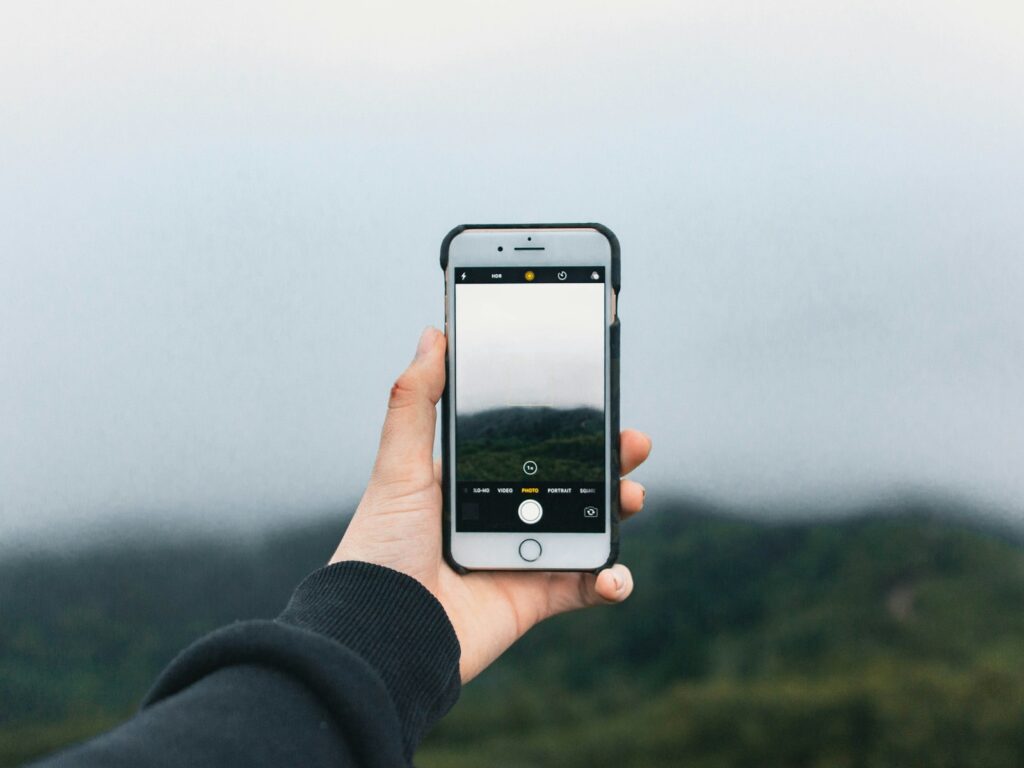
As smartphone technology evolves rapidly, mount compatibility becomes an important long-term consideration for birders. The Phone Skope Universal C-Series adapter embraces this challenge with its adjustable grip system that accommodates phones ranging from 2.3 to 3.9 inches in width, covering virtually all current smartphone models regardless of manufacturer. Celestron’s NexYZ 3-Axis mount takes a different approach with its modular phone holder that can be replaced independently when phone dimensions change significantly, extending the adapter’s useful life across multiple device generations. The Gosky Universal Mount uses a spring-loaded clamping mechanism that automatically adjusts to phones of different sizes without requiring manual reconfiguration. When evaluating compatibility, consider not just your current phone but likely future upgrades—will removing your case be required, and how will camera position changes in future models affect alignment? The most future-proof designs accommodate these variables through adjustable positioning rather than fixed mounting points.
Specialized Mounts for Unique Scopes
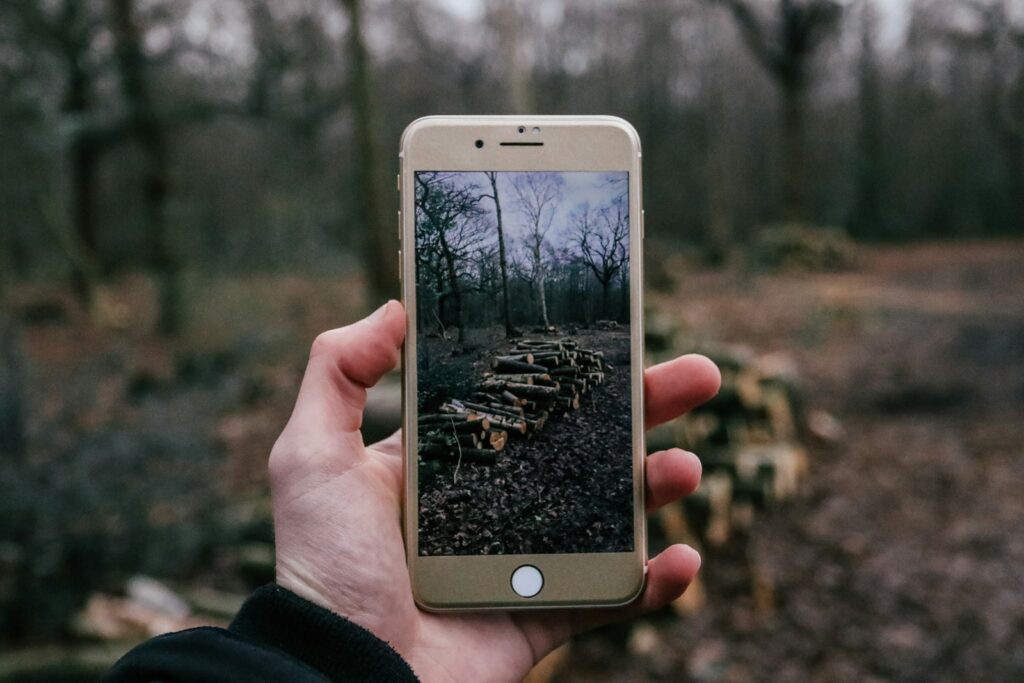
Some birding scopes feature unconventional designs that require specialized mounting solutions. For angled spotting scopes, the Swarovski TLS APO Digiscoping Adapter provides a purpose-built connection system that maintains proper alignment despite the eyepiece’s angled orientation. Owners of Leica’s unique straight-eyepiece APO-Televid scopes benefit from the Leica Digiscoping Adapter, engineered specifically for their distinctive optical system. Kowa’s TSN-IP7 adapter addresses the special requirements of their TSN-880/770 series scopes with their unusually large ocular lens diameter. These specialized adapters solve problems inherent to particular optical designs that generic mounts often cannot address effectively. When using non-standard optical equipment, investing in a mount specifically designed for your scope’s unique characteristics typically yields significantly better results than attempting to adapt a universal solution. Manufacturers who produce both scopes and adapters often create the most elegant solutions for their own unique optical designs.
DIY and Custom Solutions
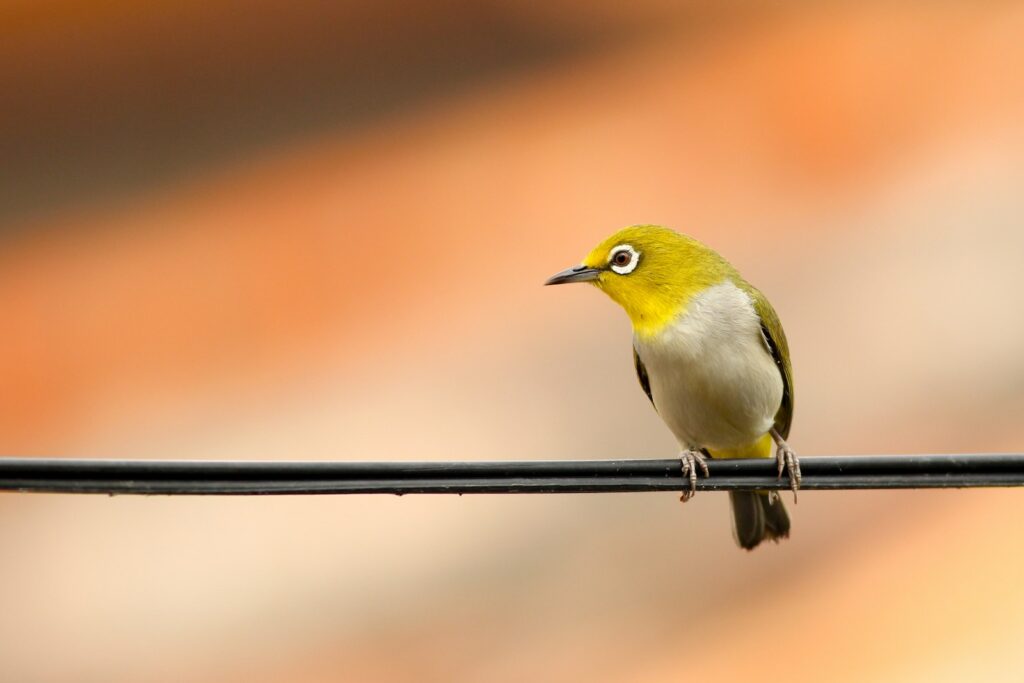
For the mechanically inclined birder with specific needs, do-it-yourself and custom mounting solutions offer interesting possibilities. The Phone Skope DIY Digiscoping Kit provides the basic components needed to construct a custom adapter tailored to your specific equipment, including adhesive mounting plates and alignment tools. Some enterprising birders have repurposed flexible camera tripods like the Joby GorillaPod, combining them with smartphone holders to create adaptable mounting systems for unusual scope configurations. 3D printing has opened new frontiers in custom digiscoping, with platforms like Thingiverse offering downloadable designs for various scope-specific adapters that can be printed locally. Custom solutions shine particularly for vintage or discontinued scopes without commercial mounting options, or for birders with unique physical requirements that make standard adapters difficult to use. While DIY approaches require more effort and experimentation, they can ultimately produce mounting systems perfectly tailored to individual needs that no mass-produced adapter could match.
Practical Tips for Successful Digiscoping
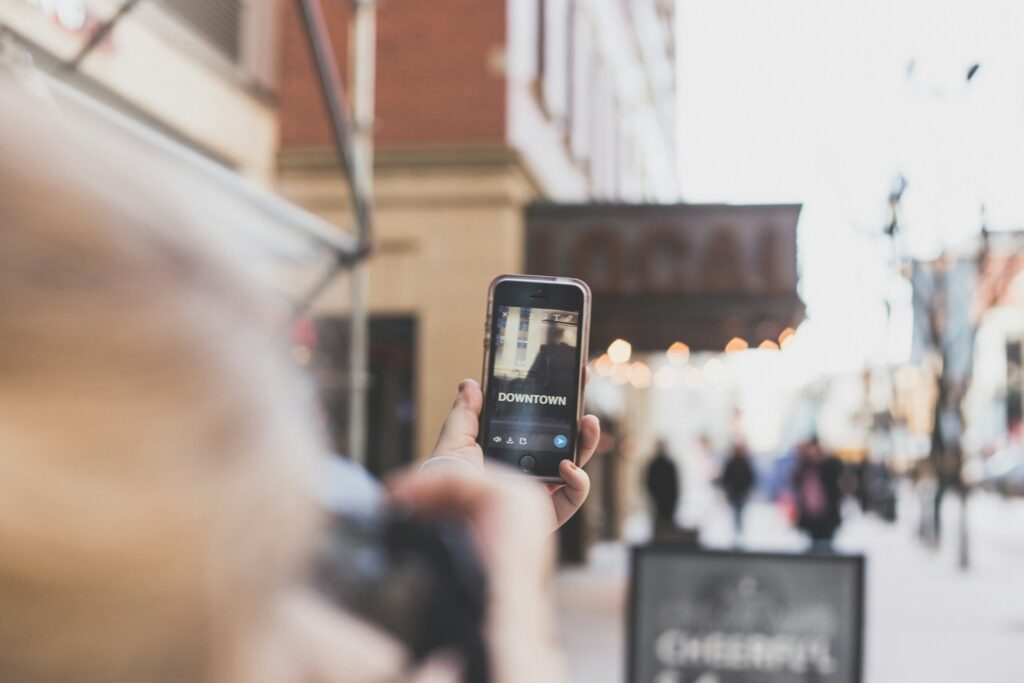
Even the finest smartphone mount cannot guarantee great digiscoping results without proper technique. First, stabilize your entire setup—use a robust tripod with your spotting scope, as even minimal vibration becomes magnified dramatically at high zoom levels. Second, optimize your phone’s camera settings before mounting; disable automatic flash, lock focus and exposure once your subject is framed, and consider using your phone’s timer or a Bluetooth remote to trigger the shutter without touching the equipment. Third, recognize that digiscoping works best in good lighting conditions—early morning and late afternoon golden hours not only provide beautiful light but also tend to coincide with peak bird activity. Finally, practice the entire process in your backyard or local park before attempting to document rare species; familiarize yourself with your equipment’s quirks under controlled conditions so you’ll be prepared when unexpected opportunities arise in the field. With practice, the right equipment, and these techniques, your digiscoping results will improve dramatically.
Conclusion

Smartphone digiscoping has transformed birding documentation, creating an accessible bridge between observation and photography. The perfect mount for your situation depends on your specific equipment, budget, and field requirements. Universal adapters offer flexibility across devices, while brand-specific solutions provide precision for particular equipment combinations. Budget options allow beginners to explore the technique without significant investment, while premium systems eliminate frustrations for serious practitioners. Regardless of which mounting solution you choose, successful digiscoping ultimately depends on proper technique, patience, and practice. By understanding the strengths and limitations of different mounting approaches, you can select the system that best complements your birding style and equipment, opening a new dimension of wildlife documentation that brings your birding experiences home in remarkable detail.
